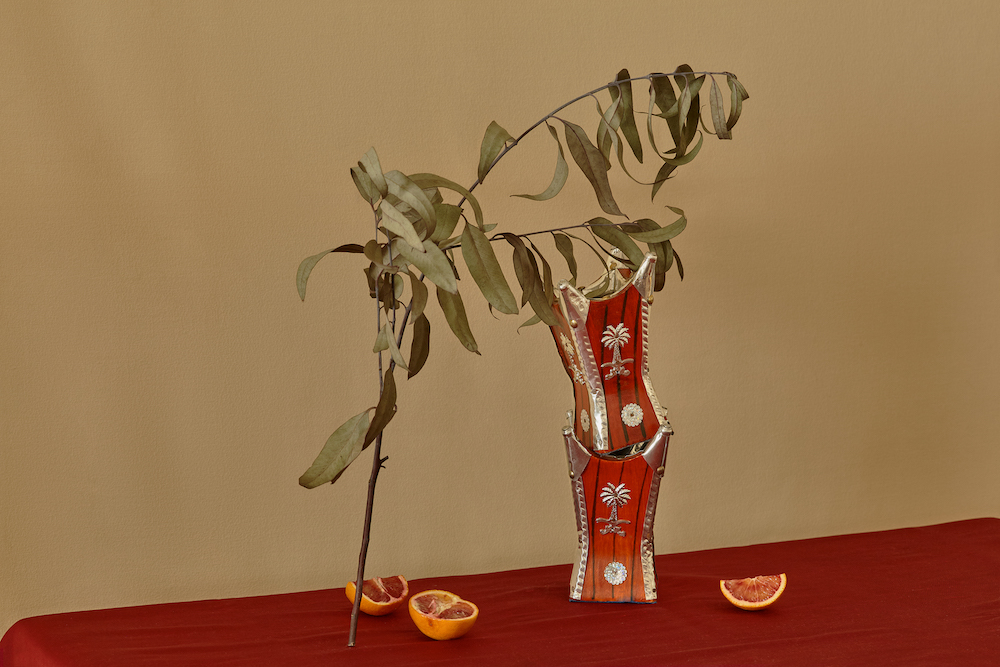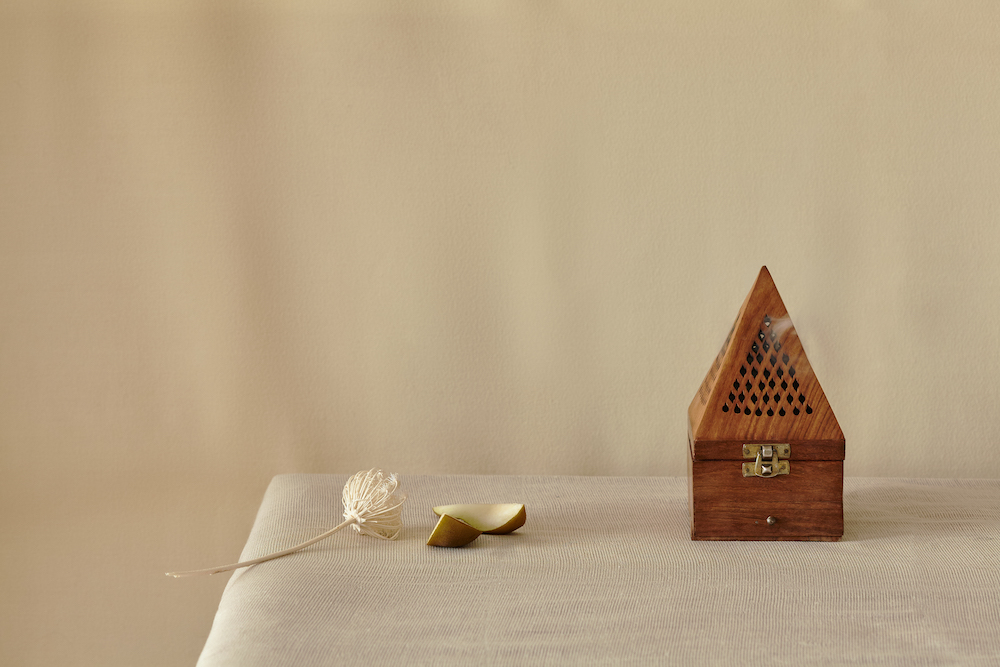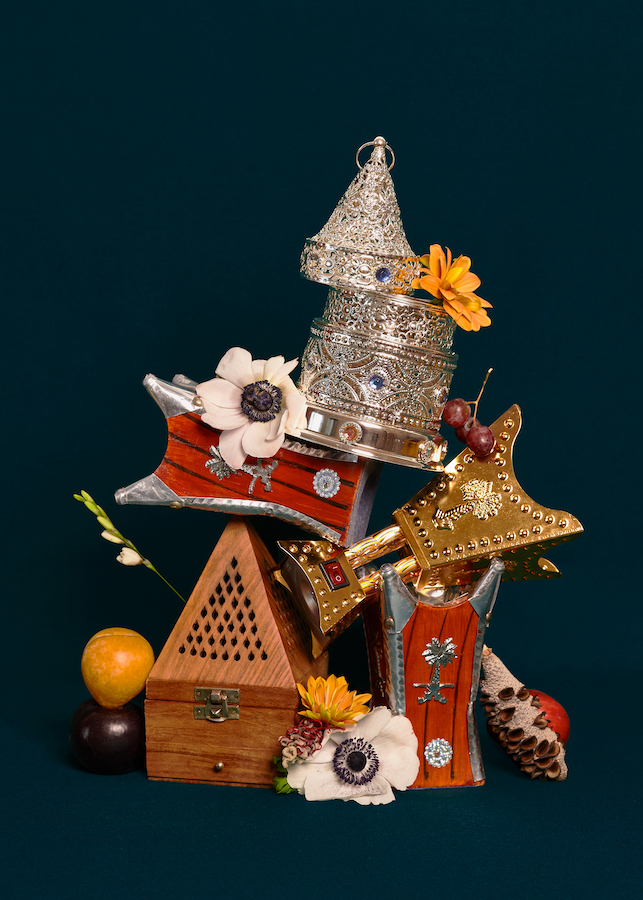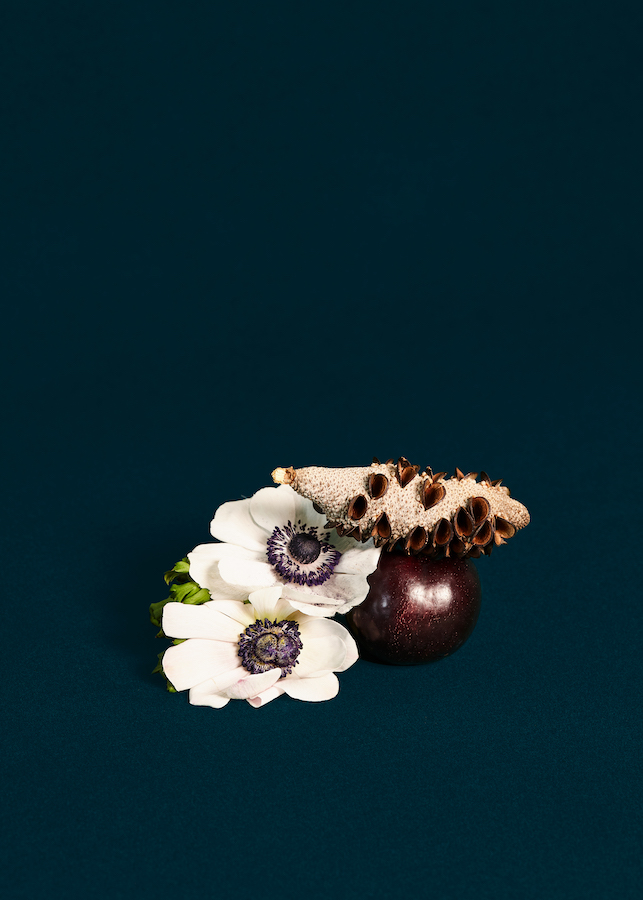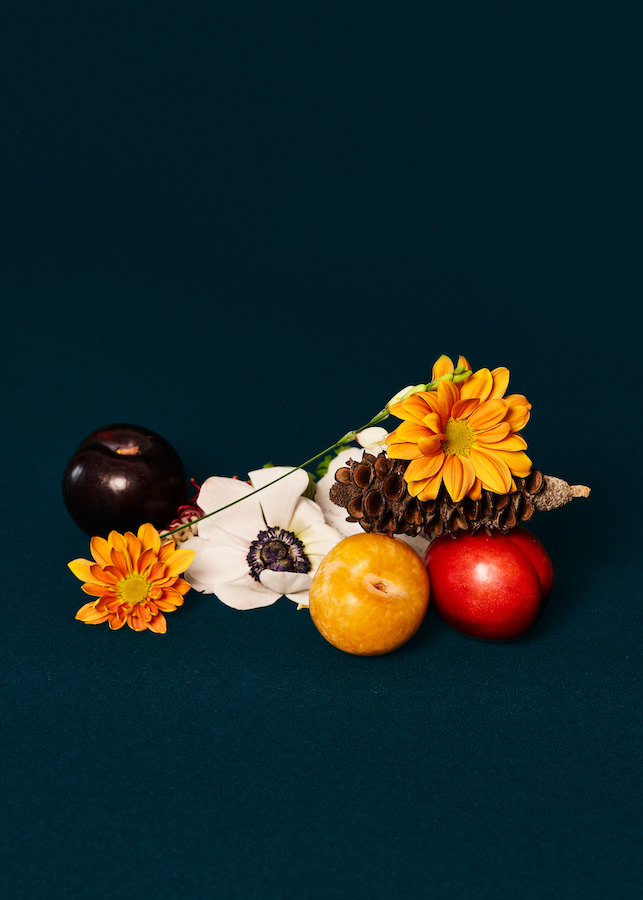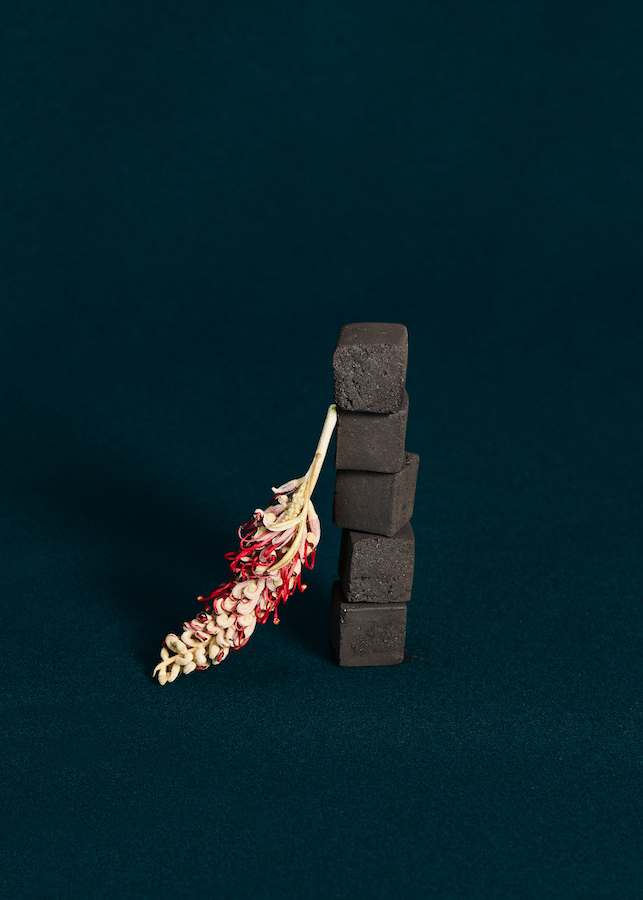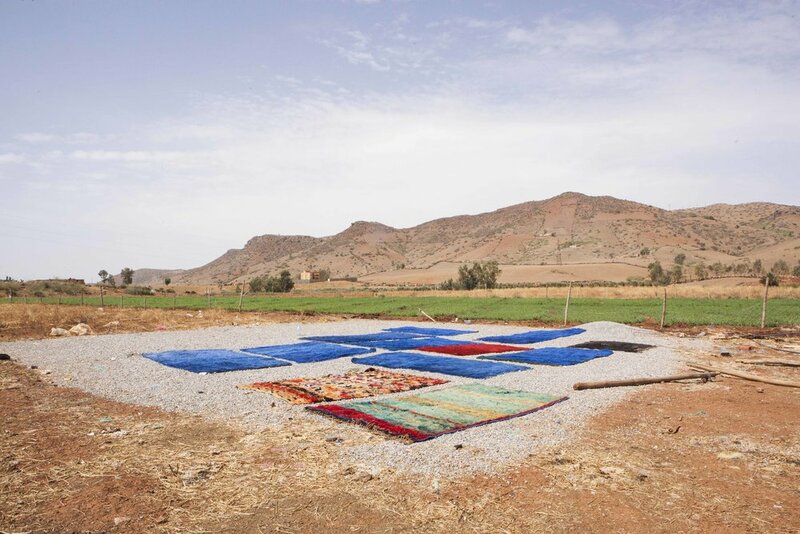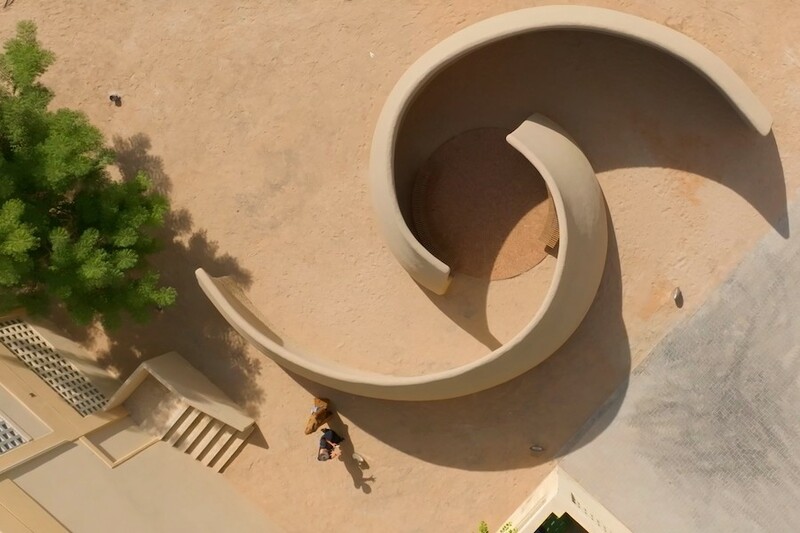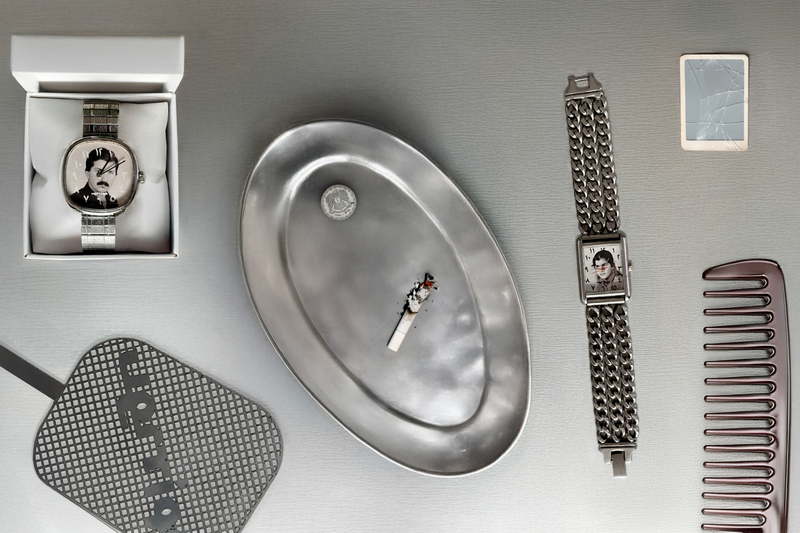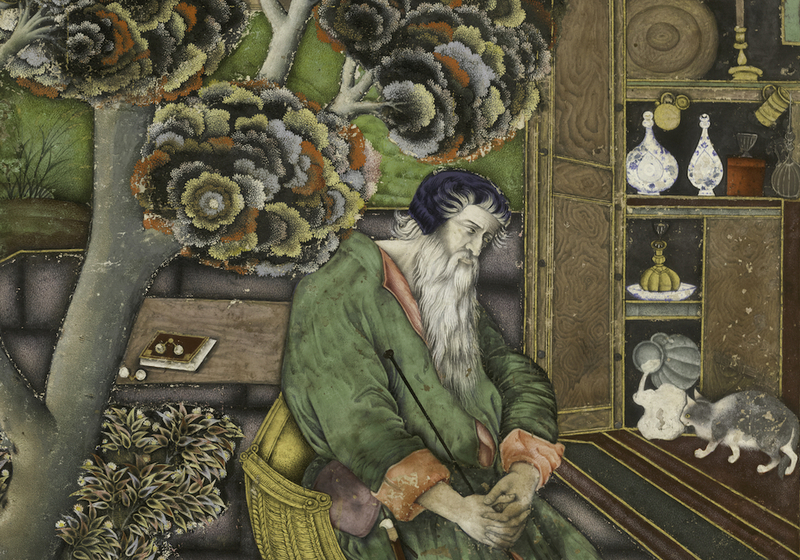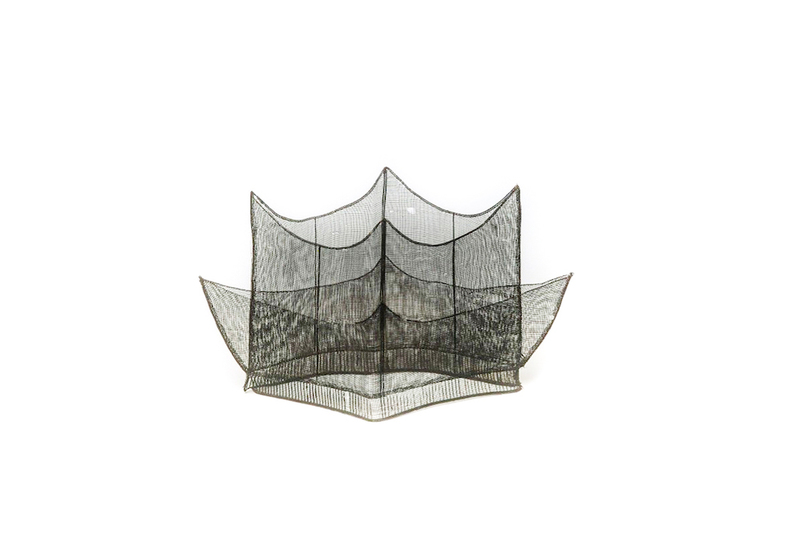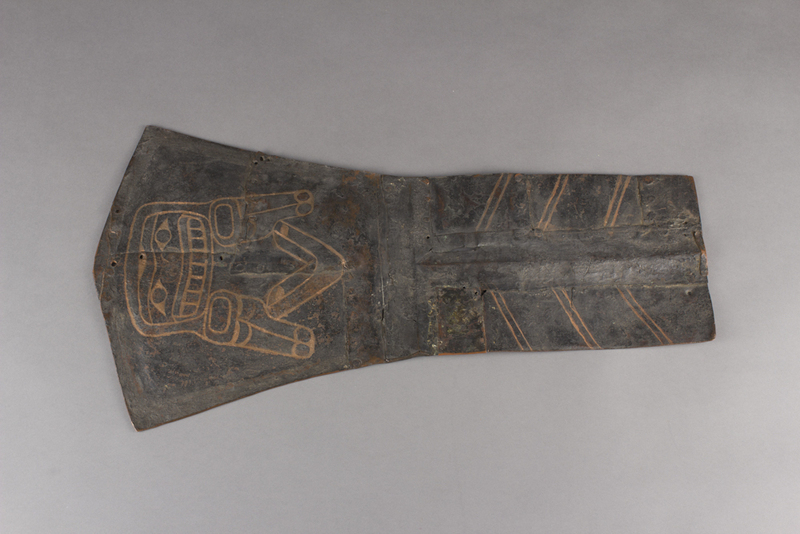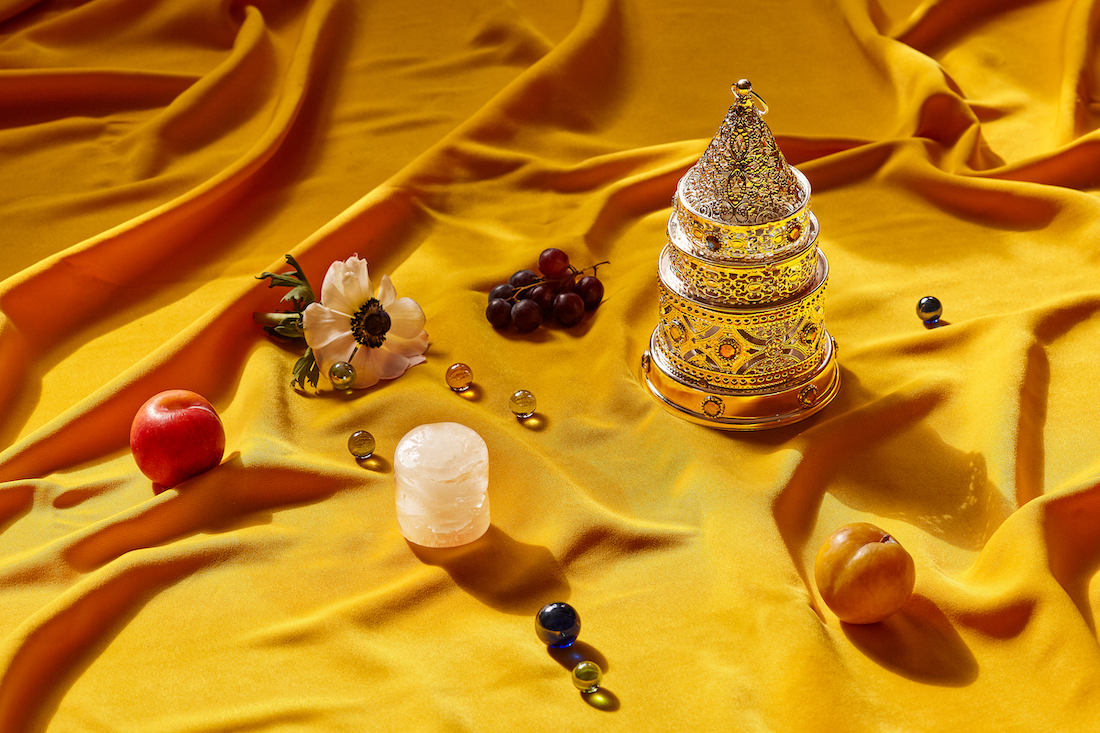
Islamic culture places a high value on one’s interlocutor having a pleasant smell. Not for the sake of someone’s vacuous comfort, but out of belief that a person’s odor is a consequence of their cleanliness and care for hygiene, thus their discipline and purity. For a Muslim, the way their body, home, hair, and clothes smell is important: even being alone with oneself, it is better to surround oneself with a pleasant aroma.
In many places in Qatar—from the central market in Doha to hotel lobbies and from private living rooms to majlises and mosques—one could sense pleasant, sweet, and woody notes in the air. These will be strongest during the month of Ramadan, when incense is burnt more frequently than usualwhen incense is burnt more frequently than usualThis is because during Ramadan a Muslim spends more time in prayer and in the company of other people, and makes ablutions more frequently. Moreover, bakhoor is one of the traditional Ramadan gifts.. When one looks more closely, one could easily notice the source of the aroma: a delicate object shimmering with colorful decorations, from which a trickle of smoke rises. This is how bakhoor is burnt—a traditional kind of wood-based incense, more popular in the Arab world than the incense sticks that are customary in India and South-East Asia. Censers with bakhoor—mabkharas—can be found everywhere: its smoke is used to infuse clothes with scent, it is used to welcome guests in majlises as well as mosques. It is thought that bakhoor brings calm and helps with concentration. At the same time, it is claimed that some of its types (those that contain oud) are strong aphrodisiacs.

Thin plates, a scattering of splinters or a small dark-coloured woody brick, that are placed over hot coals are soaked in aromatic oils. The list of oils and ingredients is different for every producer, with frankincense, sandalwood, patchouli, and musk being among the most commonly used. Traditionally, to make the base of bakhoor, manufacturers use oud—the oily heartwood of lign-aloes (also called agarwood or aloeswood), procured in the tropical forests of central Asia, where this sort of tree not only grows, but is susceptible to contamination by a certain fungus. The areas of wood affected by the mold, reacting to it for decades, are, in fact, what becomes oud. The dark, heavy inclusions in agarwood grow in price with the age of the tree that has infused them with its resins. The count can reach centuries.
If, reading the Book of NumbersBook of NumbersThe Book of Numbers is the fourth book of the Hebrew Bible and the Torah, hence it is also the fourth book of the Old Testament., you see a reference to “aloes” (which are indeed there: “How beautiful are your tents, O Jacob, your dwelling places, O Israel! / Like valleys they spread out, like gardens beside a river, like aloes planted by the LORD, like cedars beside the waters”), it is not a reference to the green potted plant, so common in many houses, but to trees belonging to the genus Aquilaria, emitting a lasting lofty odor. The name of this ancient and precious species of wood, which bedouins burnt at their encampments to drive away insects and suppress smells and which Japanese emperors gifted in minute quantities as the highest token of appreciation, is now known beyond the Arab world primarily as a solid note in the composition of some fragrances in niche perfumery. Since the price of natural aloeswood essence can reach up to thousands of dollars for milliliters, in the vast majority of cases synthetic substitutes are used for creating perfumes. We can only imagine that very same original smell of oil which, according to the Hadiths, the prophet Muhammad liked to infuse his clothes and anoint his body with. We could possibly come close to it if we inhale the aroma emanating from sixty golden vessels around the KaabaKaabaThe Kaaba is a building in the form of a black cube, located in the inner courtyard of Masjid al-Haram in Mekka. It is the holy of holies, visited by Muslims during their pilgrimage (the Hajj).
—sixty mabkharas raised on a golden tray, each with a spherical patterned lid, similar in form and function to the censers of Christian churches.
A household mabkhara, encountered inside the homes of practically every country in the Arab world, is usually slightly different in form. One of the traditional variants, stored in the National Museum of Qatar, has the shape of a vertical tower with a rectangular base and a thinner middle part, with relief designs along the perimeter and four angular protrusions facing upwards. Between them, a metal bowl is placed, sunk inside the tower—in it, the incense is placed to smoulder on some coals, protected by the walls from the movement of the wind. Traditionally, such a mabkhara was made from soft stone, wood, or clay, and decorated with hammered designs, cuttings, mirrors, or glass. The most common mabkharas on sale today are made of metal or glass; the heating element in many of them is electric, powered from an electric socket.
Mabkharas are largely perceived as objects of household decor, as souvenirs or friendly gifts, but they have a certain symbolic meaning as well. Just like bakhoor itself, the censer in the Arab world is associated with home, a state of inner peace, well-being and hospitality. Statues of mabkharas in various shapes and sizes can be seen, for example, in the United Arab Emirates, on squares in Al-Fujairah and Abu Dhabi, as well as in Muscat—the capital of Oman, where a white stone viewing platform in the shape of a giant mabkhara sits on a hill in the Al-Riyam park, serving simultaneously as a form of hospitality and an invitation to a peaceful contemplation of the view.
EastEast would like to thank Valeria Agafonova and Alina Sheikho-Allor for their help in organizing the photo shoot.
Translated from Russian by Diana Khamis
